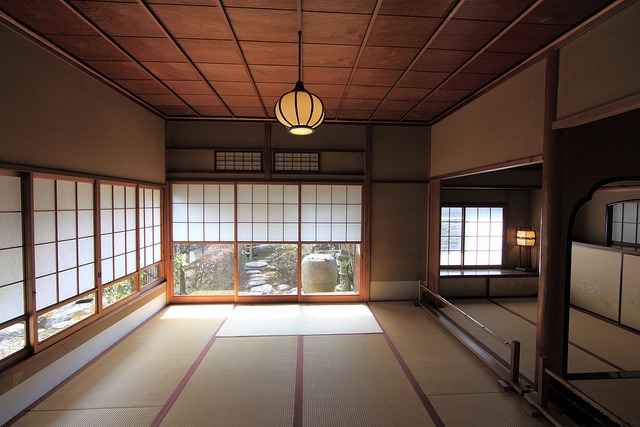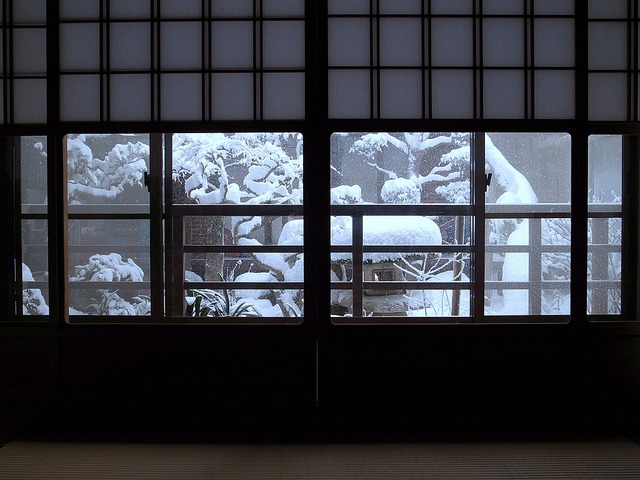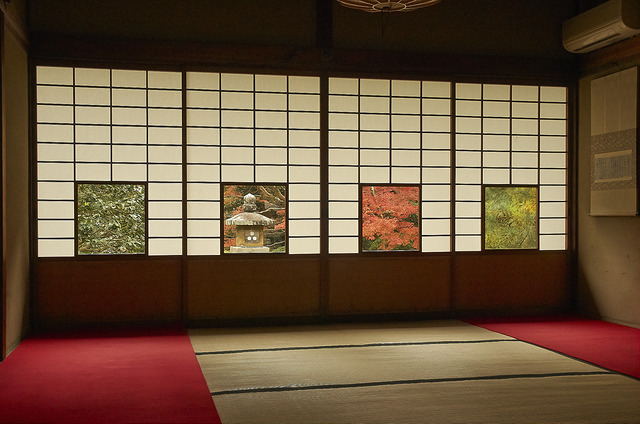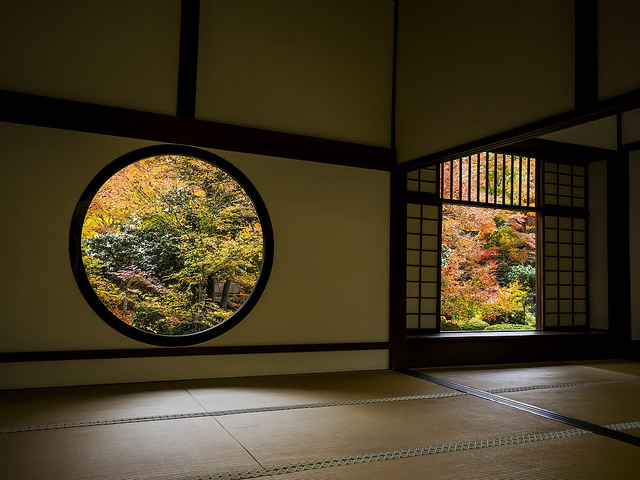
Windows and Their Meanings in Japanese Architecture
Windows are there to cut out the beautiful scenery.
This post may contain affiliate links. If you buy through them, we may earn a commission at no additional cost to you.
In Japanese architecture, the role of windows is not only for lighting or ventilation, but also for enjoying the view from them. Cutting out a piece of the scenery with a window, this is a unique way of enjoying nature. The view from the window is compared to a real picture and help to make architecture complete.
From the beautiful cherry blossoms in Spring, to the lively green trees in Summer, the various colored leaves in Autumn to the quietness of snow falling in Winter.
To feel each season through Japanese windows is the perfect way to enjoy nature.
Yukimi Shoji (Snow window)
Yukimi Shoji means the window for seeing snow. The idea of this window is to cut out the sky and everything above, focusing your view close to the ground to enjoy looking at snow. This is a trick to make people concentrate on the scene of snow falling quietly, with the ground being slowly covered with snow.
Kazari Shoji (Decorated window)
Kazari Shoji (Decorated window) is an art itself. Light filtered through the window from outside emphasizes the beautiful designs.
The tea ceremony room of Meigetu-in, kamakura
Unryu-in, Kyoto
These separated windows divide the view into four different scenes. Each window cuts out a different part of the same scene, but the impression of each is completely different when set apart like this.
The window of spiritual enlightenment and the window of bewilderment, Genkou-an, Kyoto
Raymond.Ling.43/FlickrThe circle window on the left is named "the window of spiritual enlightenment". In Zen Buddhism, the circle represents an innocent figure without any prejudices. This window expresses the final stage of spiritual enlightenment.
In contrast, the rectangular window is named "the window of bewilderment".
That rectangle shape expresses a humans' life. The four corners of the rectangle express four pains people cannot avoid in their lives: to be born, to get old, to get sick and to die.
The information in this article is accurate at the time of publication.








